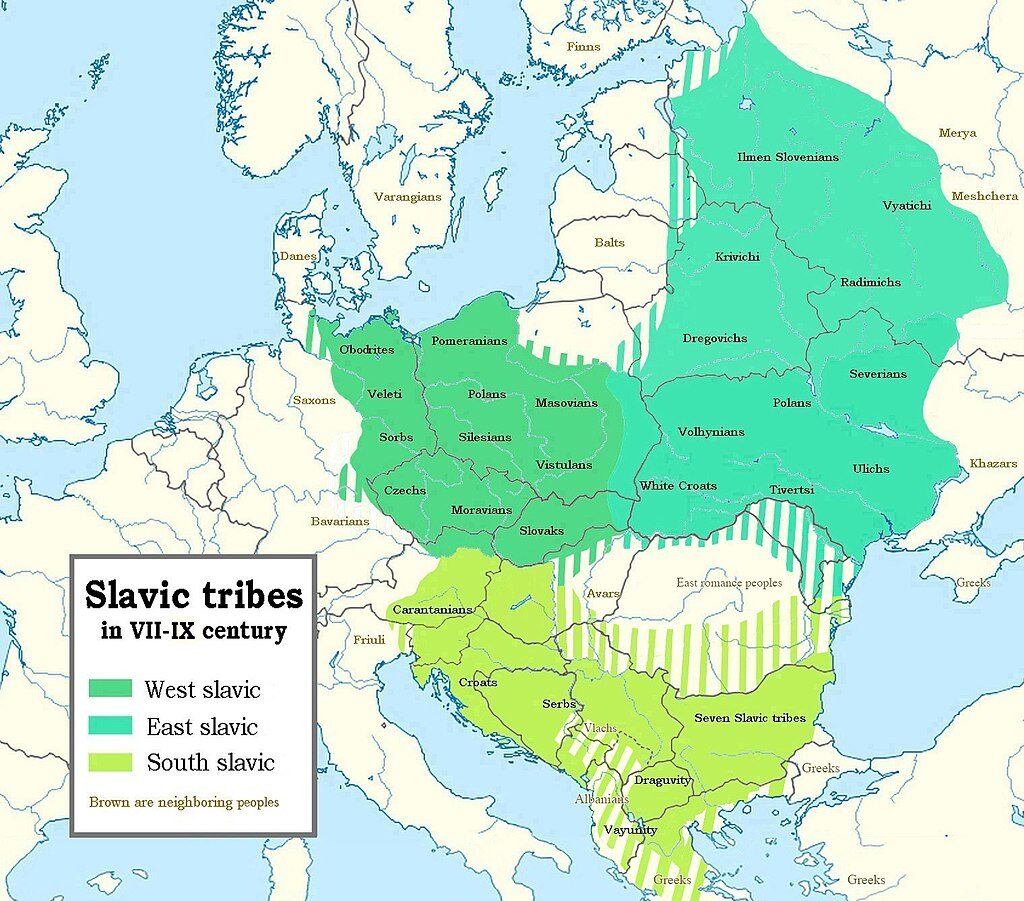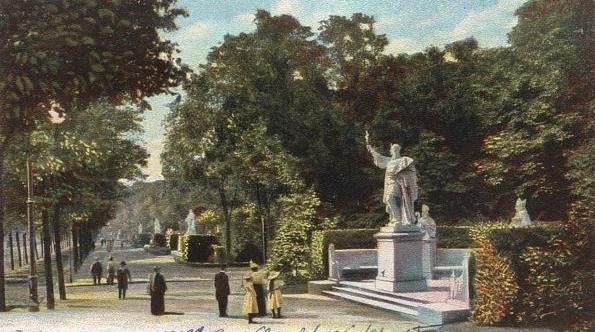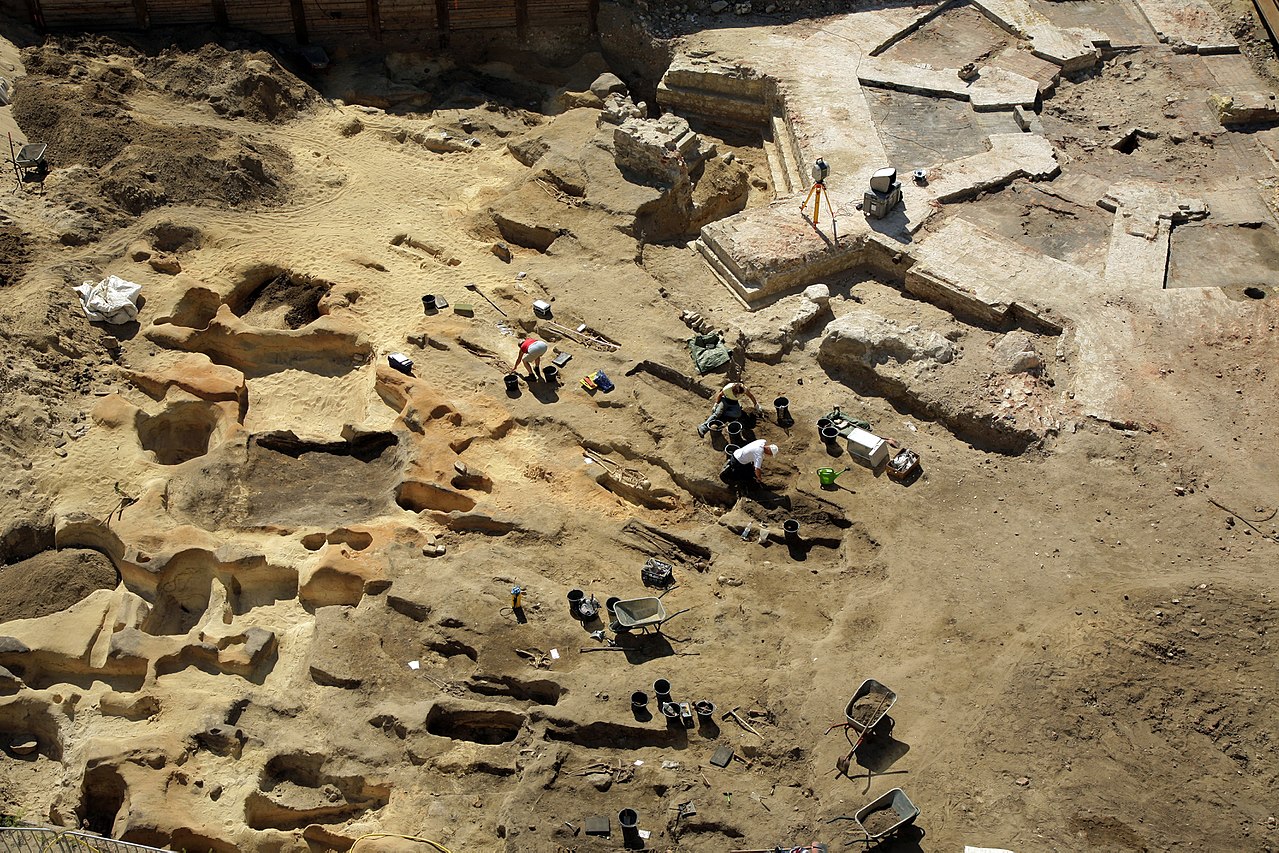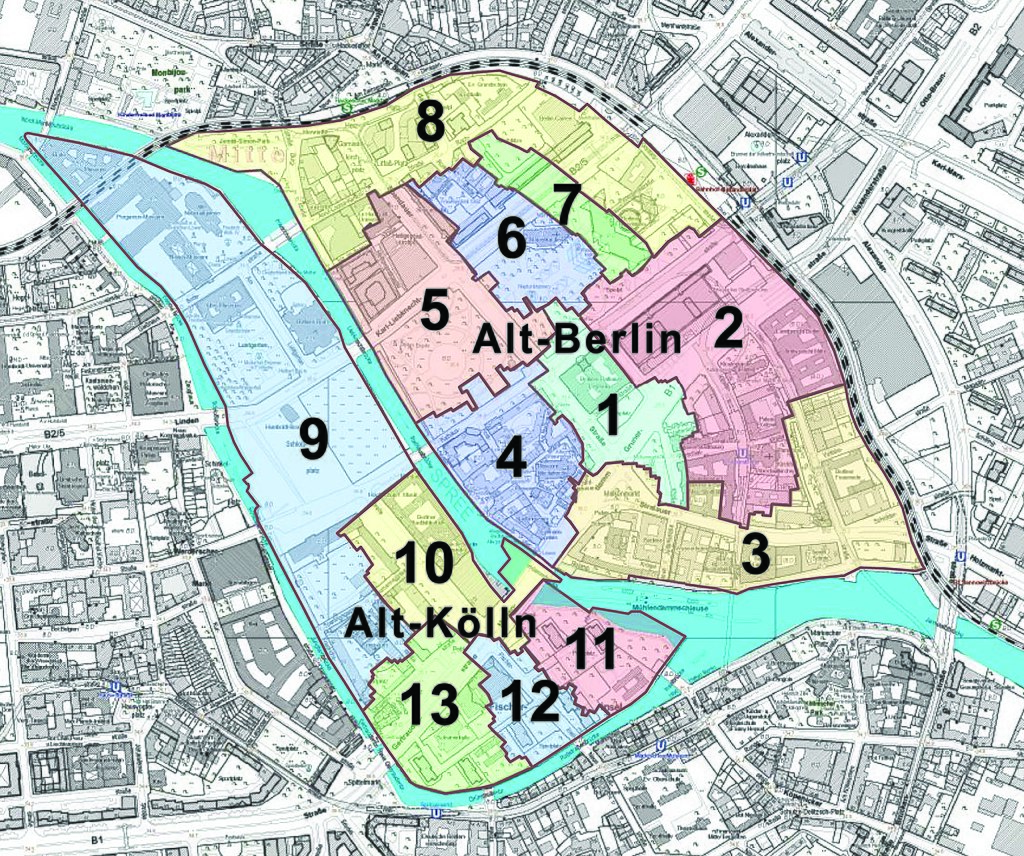Birth
Traces of a permanent human presence in the northeastern regions of modern-day Germany, where the states of Berlin and Brandenburg lie today, go back to Neolithic times (mostly hunting tools), the Bronze Age (3300 BC to 1200 BC), and the Lusatian culture, the Suevi Germanic group of the Semnones during the Iron Age.
The Semnones were the most ancient and renowned branch of the Suevi according to Roman historians of the 1st century, the biggest threat north of the Danube according to Julius Caesar. The Semnones left the region to the Burgundians who settled in the area after 150 AD but also moved out during the Great Migration of the 5th century to seek their luck inside the former Roman territories after the fall of the Empire of the West.


In the 600’s the first Slavic people came and settled in the area of Spandau and Köpenick, which are the two oldest parts of Berlin today. The Wends a term used by German people to refer to the Western Slavs who inhabited what was later termed as Germania Slavica (Eastern Germany) dominated the region of Berlin until the mid-12th century and the first Holy War of the Holy Roman Empire against the “pagans” and their incorporation in the Holy Roman Empire as Christians.
Albert the Bear, a German prince, and heir to the Saxon Eastern March, who had fought in the crusade against the Wends in 1147, would become the first German ruler of the region after hundreds of years, in 1150. The territory of Berlin that belonged to the Northern March and was in reality terra incognita up until the German crusade in 1147, would have to be subdued by the Saxon prince by force due to the unwillingness of the Slavic population to relinquish their old religion.


He would consolidate his rule and by the end of 1157, style himself as Margrave of Brandenburg (Brandenburg) which became the successor state of the Slavic Northern March. The oldest archaeological findings from Berlin insofar go back to the year 1170 and are consistent with the efforts of Albert and his successors who ruled at the time to repopulate the eastern regions with German people and the founding of new convents that would help in the conversion of the old population in Brandenburg.
According to the legend, the name of the city of Berlin comes from the German word Bär (bear), hence the coat of arms of the city today. However historians today agree that the name “Berlin” is derived from Slavic and means swamp or damp place. This refers to the poor quality of the soil in the city center. Large construction projects in the inner city area, it continues to cause constructive difficulties, additional costs, and delays.


Sometimes the advantages and disadvantages are of curse closely related. The swampy soil structure has to do with the fact that in the greater Berlin area the three rivers Spree, Dahme, and Havel converge and form different branches. At the time this ensured good transport links for the boats of the traders and first settlers who built their homes around Petriplatz where the oldest Church of the city, the Petrikirche had stood since the end of the 12th century and 102 graves with the remains of 4,105 people have been identified, which can also be dated to the second half of the 12th century.
The first written mention of a town on the site comes from a document of 1237 between the Margrave of Brandenburg and the Bishop of Brandenburg referring to a town named Kölln that was located on the Spree island followed in 1244 by another written mention of a town named Berlin located on the northern bank of the Spree. The twin towns of Berlin-Kölln became the two founding pillars of today’s metropolis.



